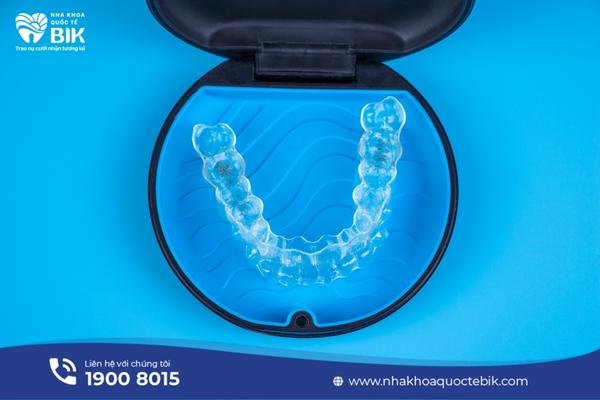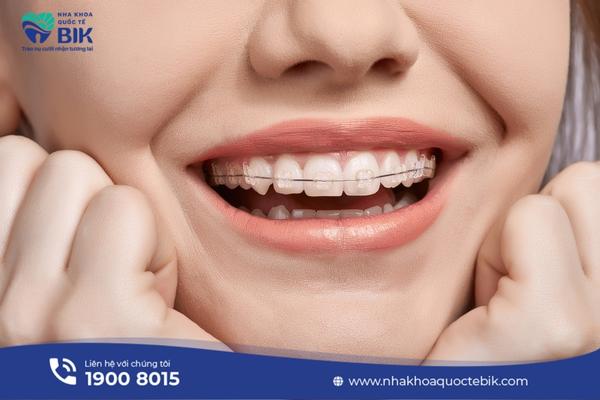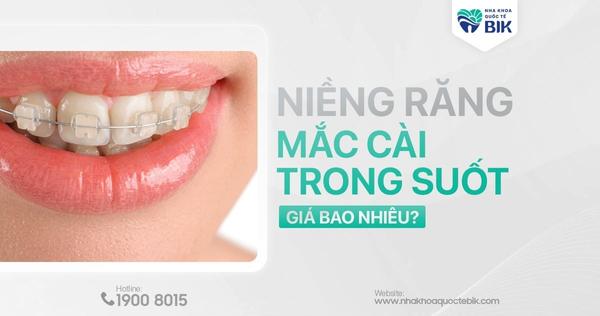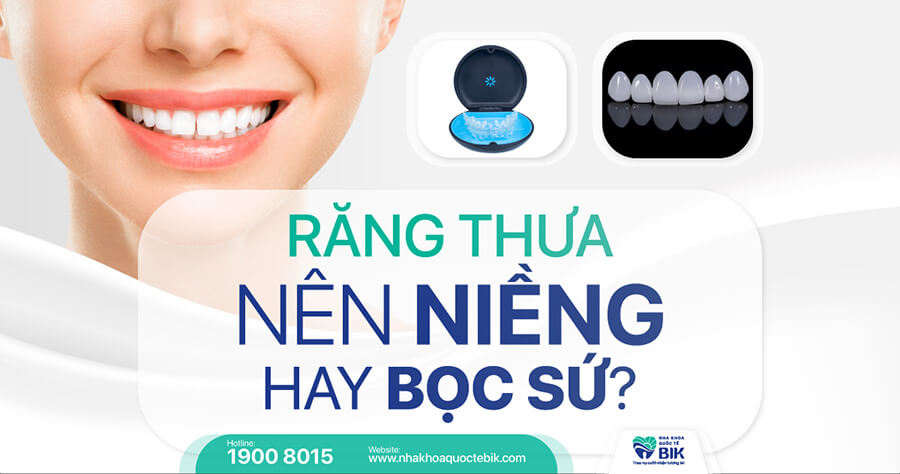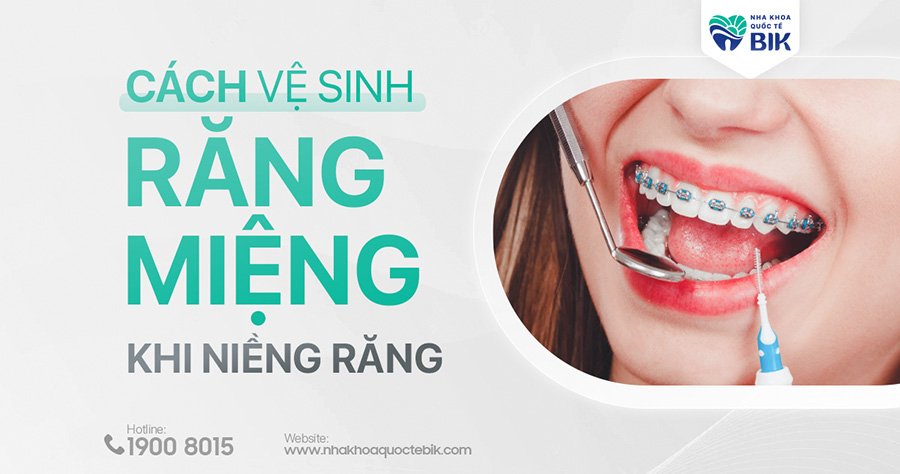Nowadays, many parents often wait until their children have lost all their baby teeth before taking them to the dentist for orthodontic treatment. This means that parents have missed the “golden time” to help their children have beautiful, even teeth, standard bite and go through the braces process easily. Therefore, parents need to pay attention to the appropriate age for braces for children. title=”Age for braces for children” src=”https://nhakhoaquoctebik.com/wp-content/uploads/2024/06/do-tuoi-nieng-rang-cho-tre-em-1.jpg” alt=”Age for braces for children” longdesc=”Age for braces for children” />
When should children get braces?
When should children get braces is a question that orthodontists often advise that the sooner the better. This is because if children have problems such as buck teeth, spaced teeth, underbite, crooked teeth… and do not get braces in time, it can lead to crossbite in the front teeth and if not treated promptly, it can lead to bone and facial deviation.
In addition, bad habits such as thumb sucking, pen biting, tongue thrusting, etc. of children will also be promptly adjusted by the doctor to avoid making the child’s teeth increasingly misaligned.
Some problems such as disharmony in jaw bone development, buck teeth, and protruding teeth, if detected early, can be controlled and minimized in severity, increasing the effectiveness of the braces process.
Therefore, according to experts at BIK International Dental Clinic: At the age of 3 – 4 years old, you can take your child to the dentist to check for braces. If you detect any misaligned teeth development, you need to have a treatment and prevention plan for your child.
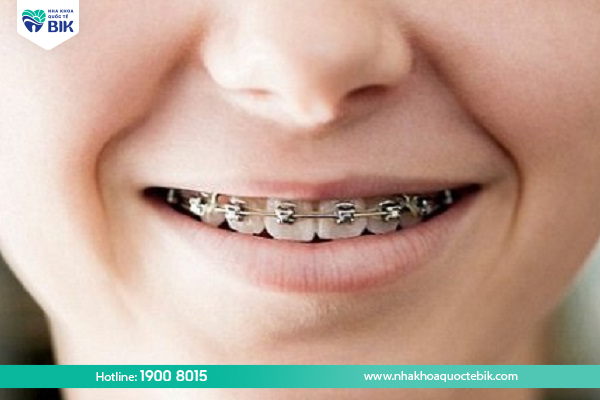
Cases where children should have braces
Cases where children should have braces early include:
- Sparse teeth
- Uneven teeth, severely crowded on the jaw
- Protruding teeth, underbite
- Open bite, facial asymmetry
- Children have bad habits such as tongue thrusting, pen biting, thumb sucking…
- Permanent teeth grow in the wrong direction, grow crookedly…
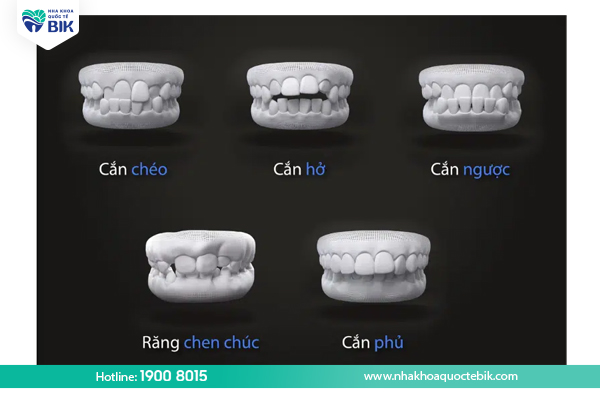
Age of braces for most suitable for children
According to the American Dental Association (ADA), the most suitable age for braces for children is from 6 to 12 years old. This is recommended for the following reasons:
Jaw bone development
From 6 to 12 years old is the period when the jaw bone develops most strongly. Therefore, regular dental check-ups are important to detect early problems related to the jaw bone such as narrow jaw, protruding jaw, and receding jaw. This helps the doctor to intervene promptly and make adjustments to ensure a beautiful smile, healthy teeth and correct bite.
In addition, because the jaw bone density is not yet complete at this age, it is easier to correct and move the jaw bone to improve the bite. This is done by an orthodontist and supported by specialized equipment.

The process of changing teeth in children
The age from 6 to 12 is considered the period when children start to change teeth. Therefore, parents need to closely monitor the development of each tooth and take their children to see the dentist regularly. Based on clinical examination and X-rays, the doctor can predict the development of the teeth, as well as monitor the tooth growth process to shape them to grow in the right position.
If dental problems such as buck teeth, underbite, missing teeth, spaced teeth, or uneven teeth are detected, the doctor will explain each case in detail to help parents understand better. At the same time, the doctor will recommend the appropriate time for orthodontics for the child, helping the tooth replacement process go smoothly and the jawbone develop evenly.
Benefits of braces for children at the right time
Choosing the right age for braces for children will help improve the child’s professional and life effectiveness. To be more specific:…
Increase the chance of ideal bite
During the tooth replacement period (from 6 to 12 years old), the jawbone is still flexible. Therefore, abnormalities in the jawbone structure such as the upper jaw protruding higher than the lower jaw, the lower jaw protruding forward than the upper jaw, the upper jaw narrow, the lower jaw deviated to the right or left can be adjusted with specialized equipment. This helps provide balance to the structure of the two jaws, creating a beautiful smile and a balanced face as the child grows.
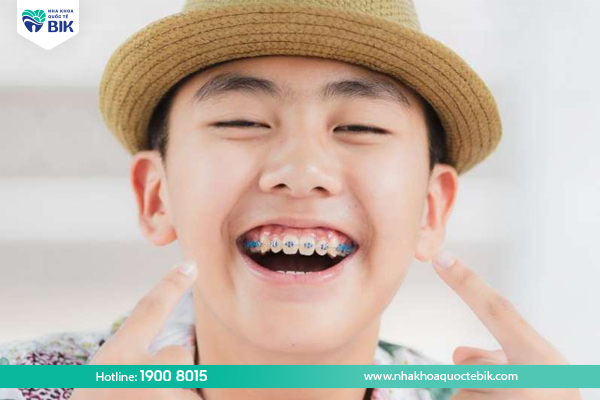
Have time to adjust teeth
Bracing teeth at the right time gives the doctor the opportunity to adjust the position of the jaw, correct buck teeth and move crooked teeth to the correct position on the jaw. This helps increase the success rate and reduce the risk of tooth extraction or complicated jaw surgery later when the child grows up.
Effective, long-lasting, less uncomfortable
From 6 to 12 years old, the child’s jawbone is still flexible, so adjusting teeth with orthodontics is easier. The dentist can move misaligned teeth to the correct position to improve the bite naturally. This process is not only faster and more effective than for adults, but also helps children avoid pain. In particular, if children receive orthodontic treatment at the right age and technique, they can maintain long-term orthodontic results without having to re-treat when they grow up.
Limit oral and digestive diseases
Having braces at the right time helps the jawbone and teeth develop evenly again. At the same time, it reduces the risk of the front teeth protruding forward, making chewing easier. With even teeth, children will be able to eat well, digest well and clean their teeth easily, thereby avoiding unwanted oral problems.
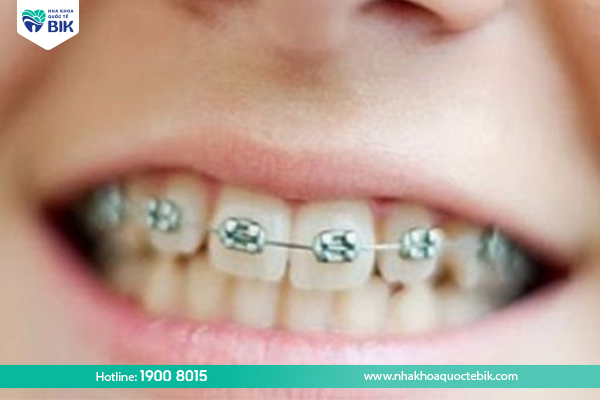
The most effective age for braces for children
It can be divided into 2 ages for braces for children to achieve the best results:
Children from 6 to 12 years old
During this stage, children’s teeth are developing, including the first permanent teeth such as molars, upper and lower incisors. If parents detect a problem with their child’s teeth, they should take the child to see a dental specialist immediately to check for problems with impacted teeth or congenital tooth loss.
The doctor will monitor the child’s dental development to prevent, intervene and correct problems such as crooked teeth, creating space for the permanent teeth that are about to grow. Common problems such as deep bite, cross bite, and misaligned jaws will also be solved through the use of orthodontic appliances. 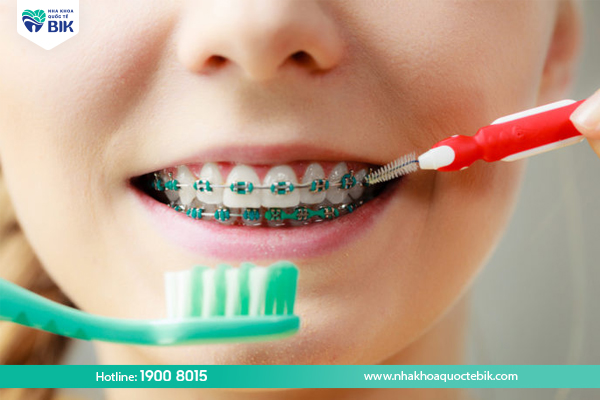
Children from 12 to 18 years old
This is also considered the most suitable age for braces for children with the highest efficiency, at this time children will not need to extract permanent teeth like tooth 4. In addition, adjusting teeth at this time is also easier to ensure the best efficiency and minimize treatment time.
In short, 6 – 18 years old will be the best age for braces for children, each age of braces in this stage has its own benefits. But if braces are applied at this stage, they will bring the best results.
When braces are applied at the right age for children, they will easily maintain the results without having to use their jaws after adulthood. Children’s jaw bones, teeth and gums continue to develop for several years after the end of the braces process. Therefore, when children have a normal bite, parents need to continue to monitor their children’s oral development.

